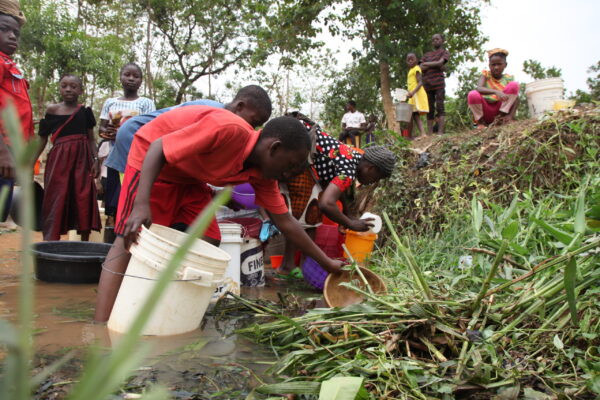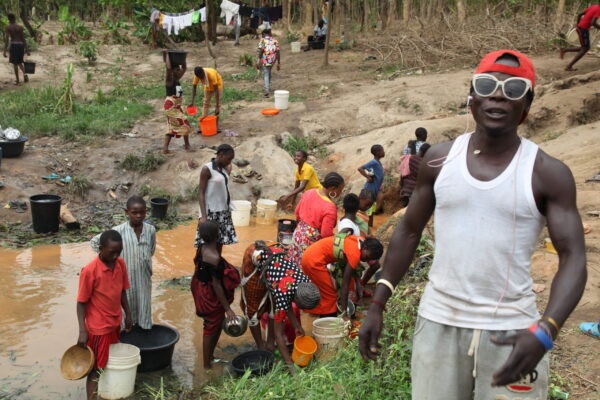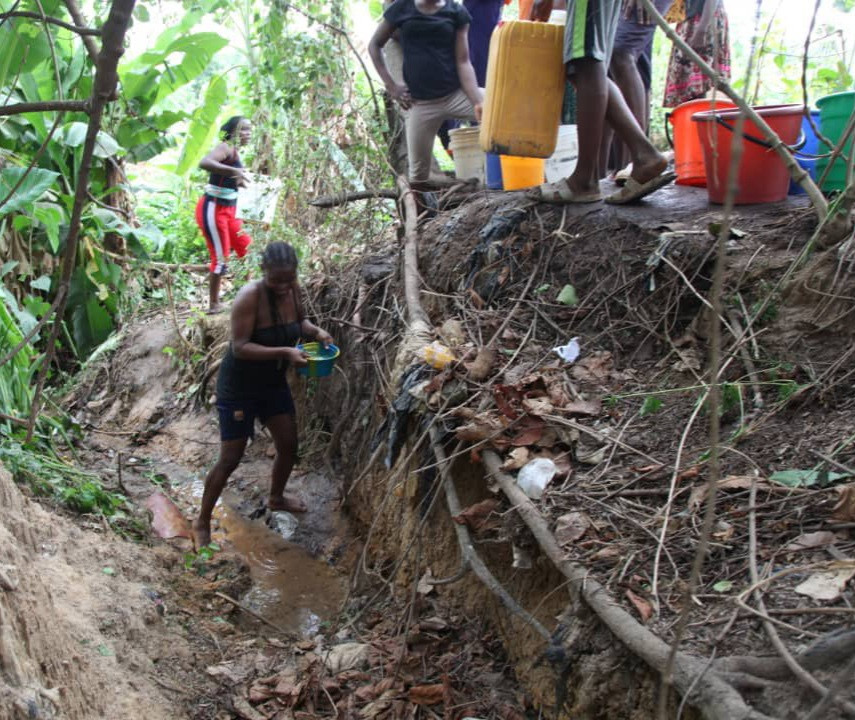 Residents of Kubwa, Giri, Zuba, Bwari, Dede, Dutse, Kaigini and Durumi areas in Federal Capital Territory, Abuja, have resorted to fetching water from streams and rivers due to water scarcity.
Residents of Kubwa, Giri, Zuba, Bwari, Dede, Dutse, Kaigini and Durumi areas in Federal Capital Territory, Abuja, have resorted to fetching water from streams and rivers due to water scarcity.
According to photos shared online, some residents crowd around wells in the affected communities, while many others resort to streams, leading to commotion and discomfort in the affected areas.
Residents speaking to SaharaReporters, stated that Kubwa, which had been in the league of places enjoying uninterrupted water supply from FCT Water Board, is also sharing in the scarcity due to lack of supply from the authorities.
People are seen crowding around few water boreholes and wells in the areas as the result of the non-availability of water from the board.
Children and women leave their houses with several buckets and containers and are observed in long queues waiting to fetch from a well or from a running borehole tap.
FCT Water Board had last week appealed to residents to persevere pending when repair and maintenance work are carried out on Usama Dam Water Treatment Plant, which serves as FCT’s water supply source.
Water vendors, otherwise known as Mai ruwa, are also exploiting the opportunity, with the 10 jerrican wheel truck, selling as higher as N2,000, at some satellite areas of the town, a service which was initially between N300 and N400.
A source from the FCT water board, linked the water interruption to an emergency maintenance work, said to be ongoing at the Usuma Dam water treatment plant,
A resident lamented;
This water scarcity situation is crippling and agonising. What is the FCT minister, Muhammed Bello doing about it? The government should provide palliatives like water trucks to the affected areas, pending when the maintenance would be over.
A resident from Giri community expressed;
The same situation is in Giri and up to Lugbe areas. We don’t have water. People cannot live freely in their houses. The government should beware of outbreaks as a result of water scarcity and the negligence of the FCT authorities.
Below are photos showing what residents have to pass through to get water;










